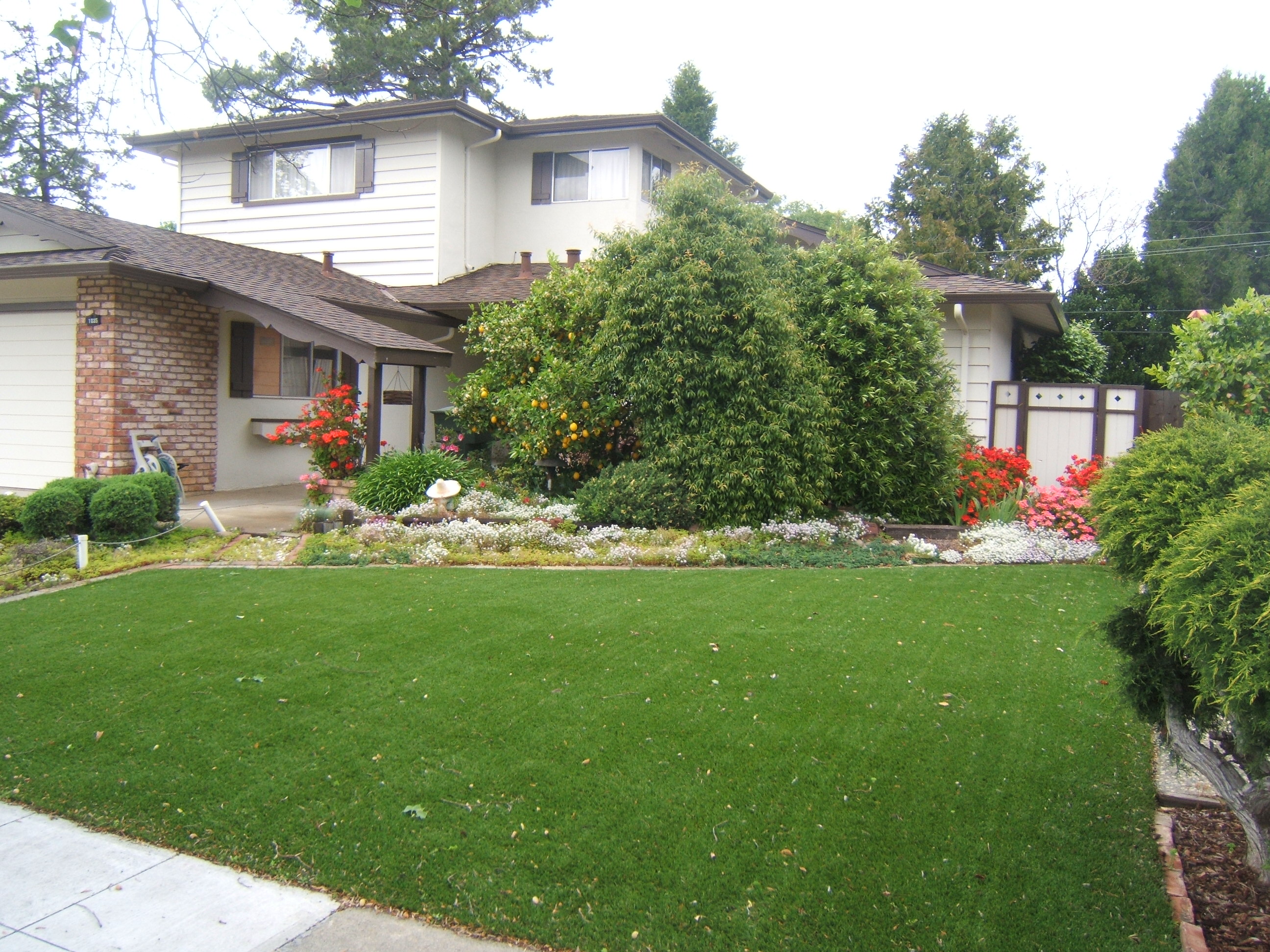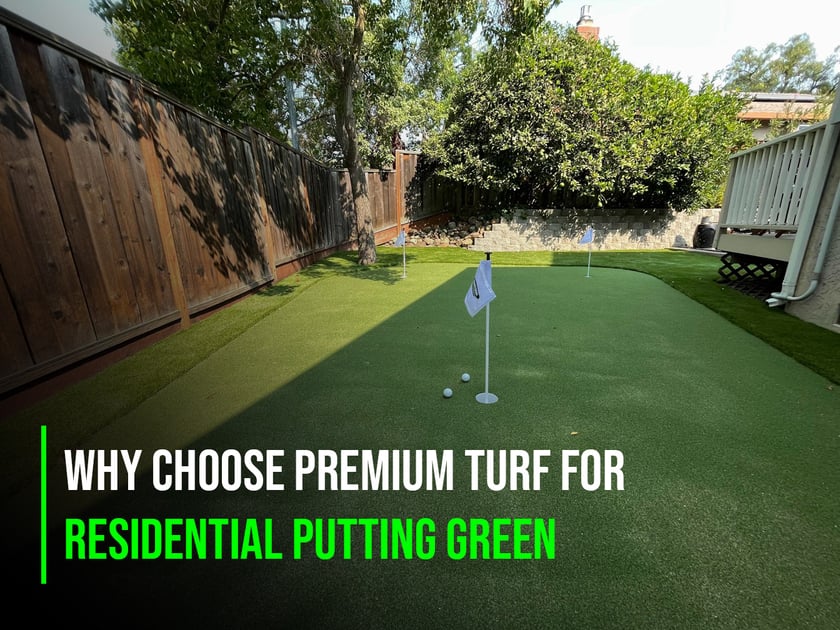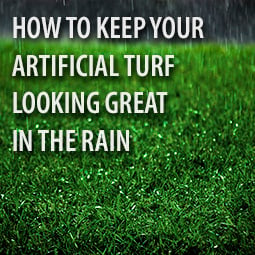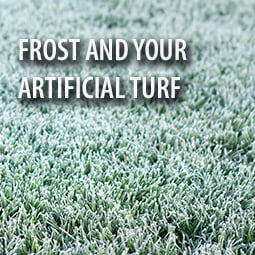 Homeowners who water there lawn on a regular basis use upwards of 55 gallons for every square foot of yard they maintain over a one year period. For an 800 square foot lawn, that adds up to a hefty 44,000 gallons of water every year. With recent drought conditions in California becoming more and more severe, some cities are considering have created incentives and rebates.
Homeowners who water there lawn on a regular basis use upwards of 55 gallons for every square foot of yard they maintain over a one year period. For an 800 square foot lawn, that adds up to a hefty 44,000 gallons of water every year. With recent drought conditions in California becoming more and more severe, some cities are considering have created incentives and rebates.
The fact is that if every home in the Sacramento area with an 800 square foot lawn installed artificial grass, over 33 billion gallons of water would be saved over the next 15 to 20 years.
No Unnecessary Water Waste
Artificial grass is extremely low maintenance when compared to that of natural grass. There is no mowing or trimming and, best of all, no watering or irrigation needed for it remain beautifully green and vibrant. An occasional rain is all that is needed to rinse off dust that blows in from the surrounding area, but even that is unnecessary. In fact, some home owners, especially ones with dogs or pets, choose to keep their sprinkler systems in tack for just such an occasion and routine cleaning. Learn more about how to save water with artificial turf!
No Chemical Run Off
With artificial grass, there is no need for harsh chemicals of any kind to keep the lawn looking nice and weed free. Many common landscaping formulas are no longer needed once artificial turf has been installed in your yard. There is no need for:
-
Chemical or organic fertilizers
-
Chemical weed killers
-
Chemical insecticides
One of the main problems with having a large lawn was the amount of fertilizer and weed killer that typically needs to be applied on a regular basis to keep the area looking fresh and green. With large amounts being applied to maintain the lawn itself, large volumes of the toxic chemicals were not even being used by the plants they were designed to target.
A topical weed killer that is applied with a sprayer will result in a moderate clearing out of the weeds in any given lawn. The problem is that a sprayer releases large volumes of the chemical, much of which ends up on the surface of other plants or on the ground itself. When this happens, it eventually ends up soaking into the ground and contaminating large bodies of ground water and aquifers the country relies on for consumable water.
During a drought, every drop of water must be carefully accounted for. Using harsh chemicals of any kind on a lawn of natural grass can compromise hundreds of thousands of gallons of water each day. By installing artificial grass, there is much less risk of contaminating the state's precious ground water supply. There is also less risk of pets and children being exposed to toxic chemicals that are left to dry on a lawn after they have been applied. Residue can remain on grass for days after an application especially during drought conditions.
Cities and towns that once had imposed a ban preventing artificial turf from being used on the front lawns of residential properties are beginning to rethink their options. By allowing homeowners to install artificial turf, they will be dramatically changing the face of water usage. With huge water savings available with the addition of synthetic grass many homeowners are pushing for the freedom to be able to use whatever tools necessary to maintain their home and keep it looking beautiful. Learn more about the hidden costs of natural grass.












